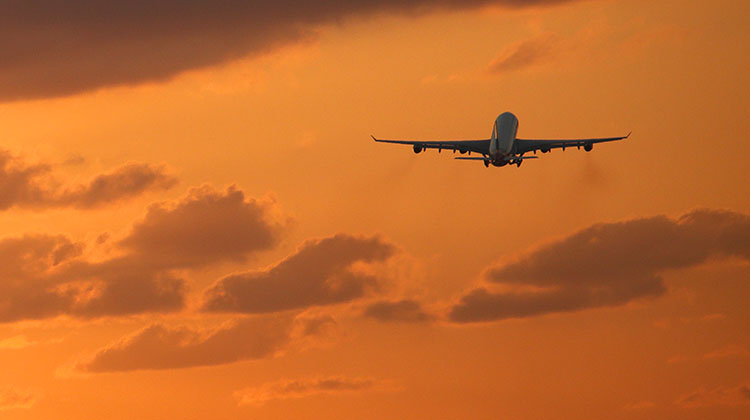
Some 1,000 aviation executives and media are heading to the South Korean capital Seoul for the International Air Transport Association (IATA) annual general meeting after experiencing a difficult start to 2019 due to trade tensions, higher fuel prices and a slumping cargo market.
The International Air Transport Association (IATA) annual general meeting (AGM) begins on Saturday, kicking off two days of speaker panels and discussions on the most pressing current issues, as well as a host of bilateral meetings between its airline members.
IATA will also publish its latest profit forecast for the airline industry.
In December 2018, IATA said it expected airlines around the world to post a combined net profit in 2019 of
US$35.5 billion in calendar 2019 in what would be the industry’s 10th consecutive year in the black.
The net profit would be achieved on total revenues of US$885 billion billion, representing a 4.0 per cent net profit margin.
However, the estimates were likely to be revised downwards when IATA published its latest forecasts at the annual general meeting.
IATA director general and chief executive Alexandre de Juniac said the immediate challenge for airlines was coping with the rising costs from fuel, labour and infrastructure.
“We see headwinds and the last six months for airlines have been pretty tough for airlines,” de Juniac said during a conference call with journalists in Seoul on Wednesday.
“We have seen the global trade weakening due to trade wars.
“Nevertheless, the good news is that passenger demand is still holding up.”
IATA DG & CEO Alexandre de Juniac briefed reporters on the major topics to be discussed at the upcoming #IATAAGM taking place this weekend. https://t.co/UFgnRFOKkz pic.twitter.com/61xJsWYRGn
— IATA (@IATA) May 29, 2019
IATA’s latest traffic figures published on Wednesday showed global revenue passenger kilometres (RPK), a measure of demand in the market, rose 4.3 per cent in April, compared with the prior corresponding period.
Meanwhile, capacity, measured by available seat kilometres (ASK), was up 3.6 per cent.
And with demand rising faster than capacity, average load factors increased 0.6 percentage points to 82.8 per cent. This was the highest ever load factor for the month of April, IATA said.
The monthly cargo statistics painted a gloomier picture, with freight tonne kilometres (FTK) down 4.7 per cent in April compared with the prior corresponding period and continuing a negative trend evident since the start of calendar 2019.
And with available freight tonne kilometres (AFTK) up 2.6 per cent in the month, freight load factors slid 3.5 percentage points to 46.3 per cent.
Asia Pacific airlines recorded the sharpest decline in freight demand, with FTKs down 7.4 per cent compared with the prior year. It was the sixth straight monthly decline in FTKs in Asia Pacific.
While the outlook was downbeat, it was far from the worst of times in aviation in recent history.
“The world economy is still growing at a reasonable pace and we are still seeing air travel expand,” IATA chief economist Brian Pearce said during the conference call.
“This is by no means the bleakest time that the industry has faced.”
Pearce said the contrast between fairly buoyant demand for air travel and a weak cargo market was reflective of the wider economy, where international trade has declined while economies were growing at a reasonable pace.
“The trade picture is not reflective of the wider economic picture,” Pearce said.
There have been a number of high-profile operators who have ceased operations so far in 2019, including Icelandic airline Wow Air (March), India’s Jet Airways (April) and Avianca Brasil, which has been grounded by the country’s regulator as a precautionary measure after it filed for bankruptcy in late 2018.
In addition to the unveiling of IATA’s latest forecasts, the AGM also features the traditional chief executives panel, which this year comprises FlyBe’s Christine Ourmières-Widener (who announced recently she was would step down in July), JetBlue’s Robin Hayes, Lufthansa’s Carsten Spohr and Singapore Airlines’ Goh Choon Phong.
IATA, which represents the world’s airlines, has about 290 carriers as members covering about 82 per cent of global air traffic.
Behind-the-scenes for the set-up of the #IATAAGM (we’ll do an after shot too)✈️✈️ pic.twitter.com/7kVR5EeT8i
— IATA (@IATA) May 31, 2019










